
Efficient Global Reach
HK Based Consultant's Website & Process Reboot
Brief
Peter Nixon is an accomplished business consultant based out of Hong Kong since 1989. He offers keynotes, workshops and training across the globe and has authored several books on dialogue and negotiation.
His website needed a visual refresh and updated content; it didn't accommodate visitors on phones or describe his current services accurately.
As an independent consultant he needed to manage his time dealing with inquiries; his processes to filter incoming inquiries and onboard new clients could be improved.
He was planning to promote his latest book independently with blog posts and videos; the right platform could act as a hub for his outreach efforts.
Tools
- Squarespace
- Google Workspace
- Google Analytics
- Illustrator
Role
Web Designer
Year
2019
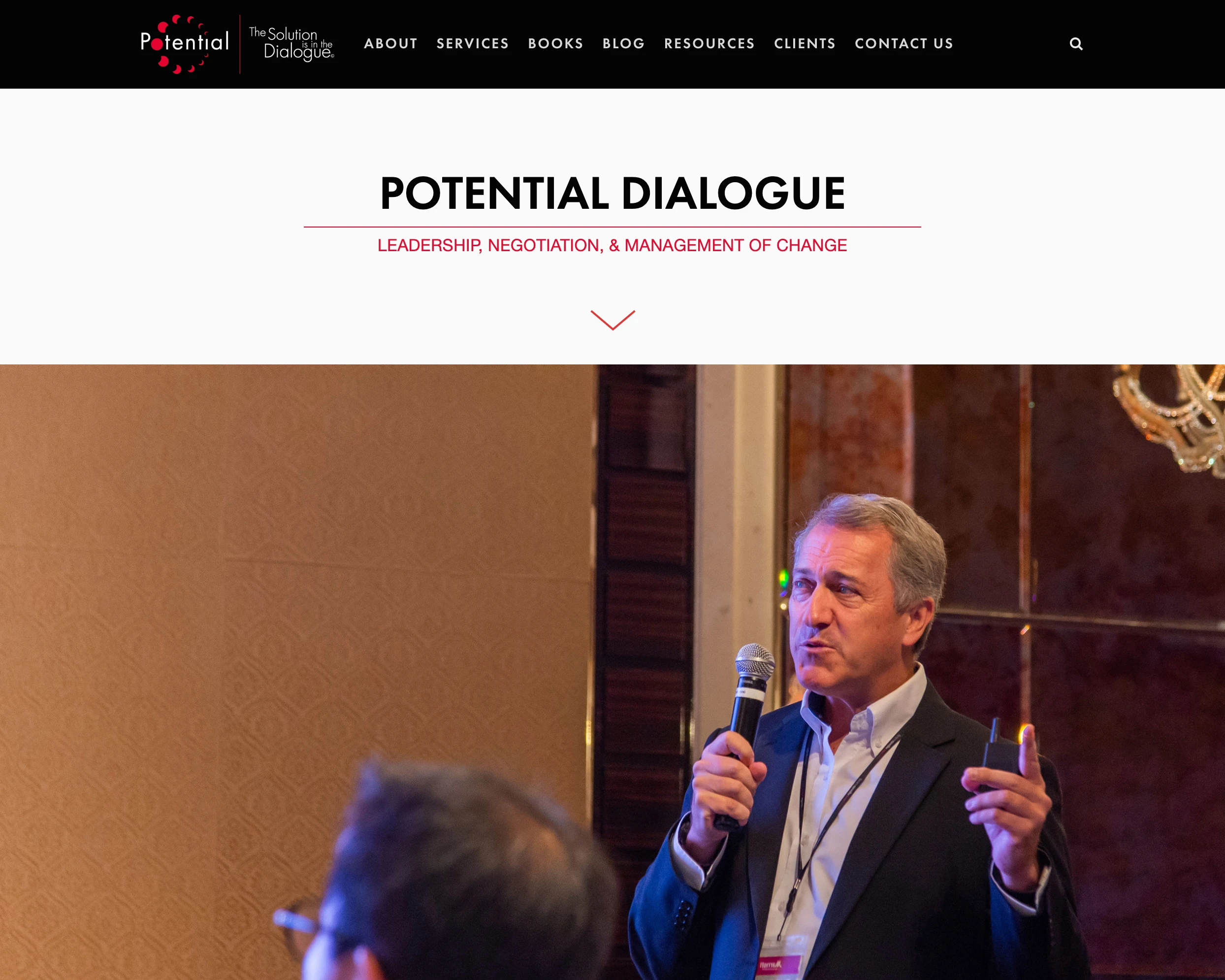
Business Goals
Peter's business was celebrating its 25th anniversary in 2019. He talked to enough businesses around the region to have a sense of who understands the online world and how they are pulling ahead of those who are not. In Hong Kong, several different ways of doing business are right in your face: small family run companies, very large entrenched businesses, and many multinationals. China and whole different online ecosystem is next door and partially accessible. He was well aware of the risk of doing nothing as markets change.
His goals were to:
- Explore New Channels. Peter felt that he had to become more knowledgeable about newer media like blogging, podcasts and vlogging. He wanted to evaluate what made sense to do himself and what to outsource.
- Generate Revenue. Ideally the website would be a revenue generator. That's not straightforward in a professional services context where there's a long lead time between an initial inquiry and receiving a deposit to confirm an engagement.
- ROI/Time. In a consultancy context, tracking time spent on promotion is important because a solo consultancy has a fixed amount of available time.
- Check Assumptions. Businesses always act on assumptions about potential customers. Tracking changes in user traffic, inquiries and signups would let him verify whether those assumptions are based on reality.
It looked like a big part of the project would be helping Peter to shape content. He was an experienced writer and understood how the medium can shape the message but didn't have experience with new media.
Three Questions
Who are you?
What do you do?
How can I get in touch with you?
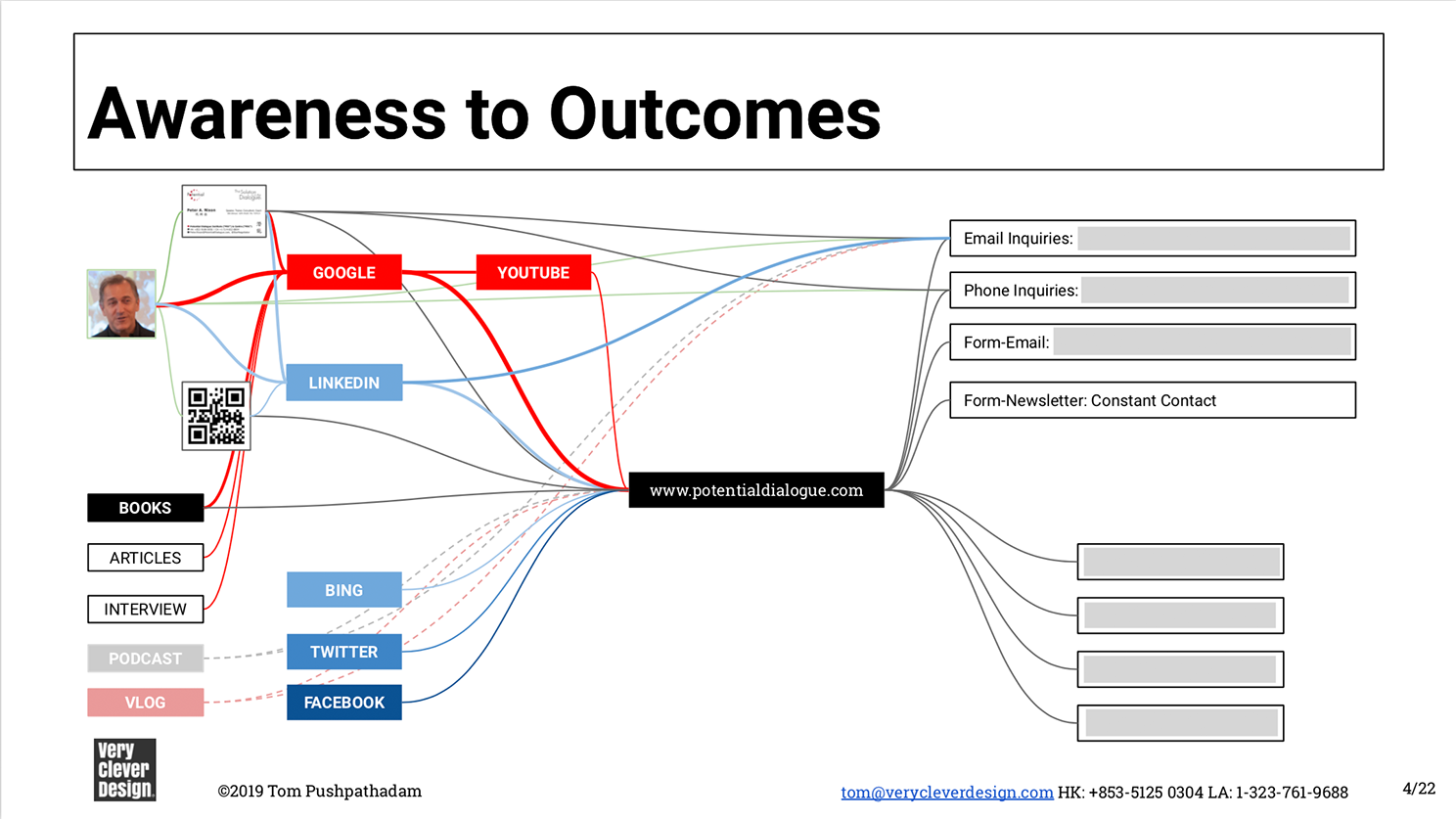
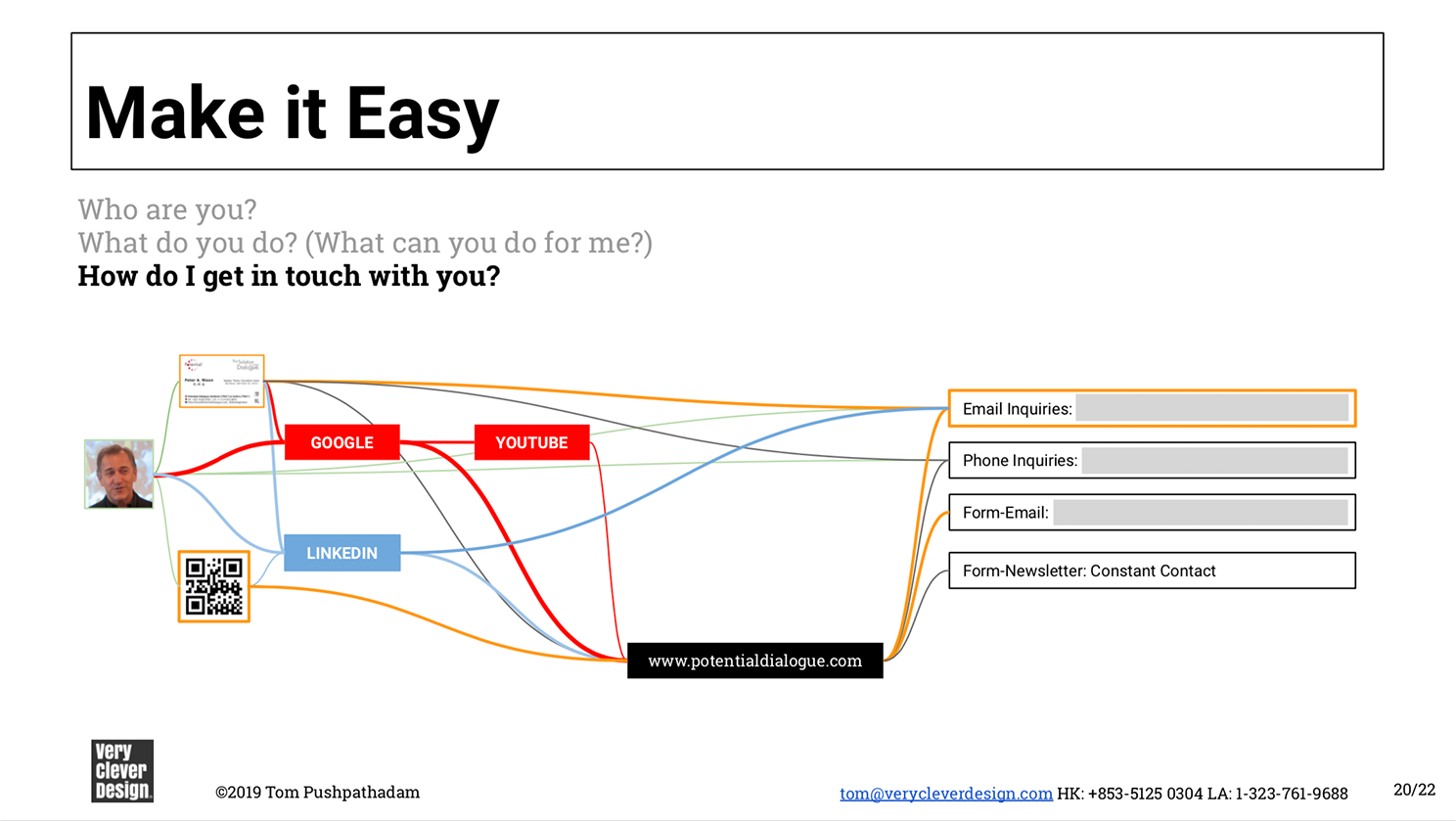
We discussed Peter's SERP (search engine result position), marketing and past client inquiries. The framework that we used was how to answer 3 client questions: who are you, what do you do (what can you do for me), and how can I get in touch with you. It boiled down to how someone would have heard of Peter and what paths they would take to contact him.
One Website + One Email
A website is one touchpoint among several many where a potential client will research, evaluate, contact, and negotiate terms before committing. Peter had accumulated several emails tied to online storage, calendars and other services like YouTube.
We proposed to funnel inquiries and answers at one location, his website.
We would direct inquiries through one email for efficiency with different forms filtered into individual email folders. We would consolidate business activities into one Google Workspace account and add users as needed.
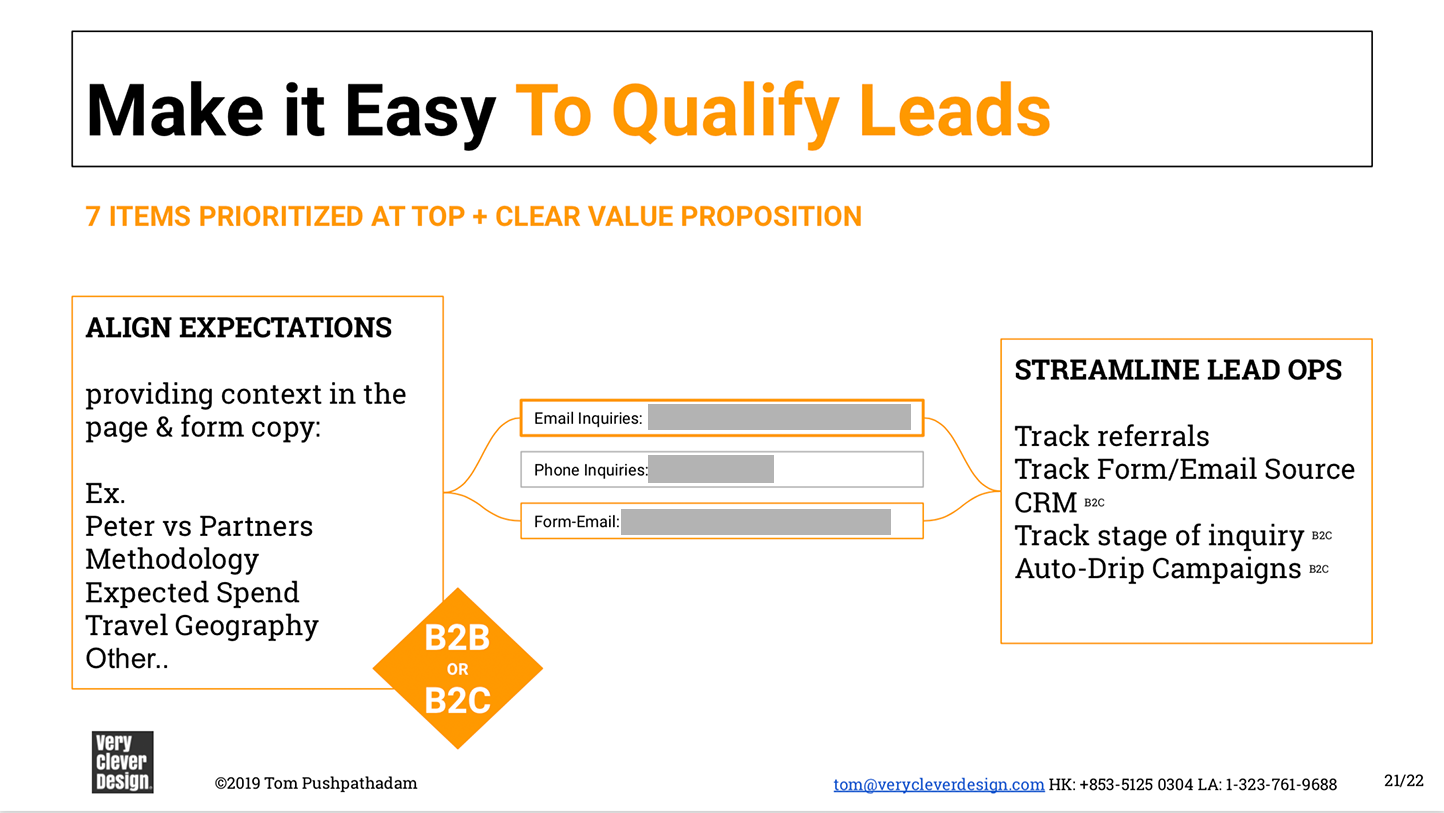
Besides being more simple, pages with clear goals and significant audiences driven by social media or an PPC ads would help Peter make a direct connection between money spent and lead generation results. Understanding traffic sources, device types and audience interest in different types of content also gives him additional data to correct course as needed.
Website Information Architecture
Multiple Offers Are Confusing
Peter's draft page structure was potentially confusing for first time visitors. His consultancy offers several types of services. He also promotes several books, a network of partners and a location for off-sites.
We looked at several competitor sites in this space. The majority identified who they were and what they offered to their potential audience with approximately 7 visible items in the primary navigation.
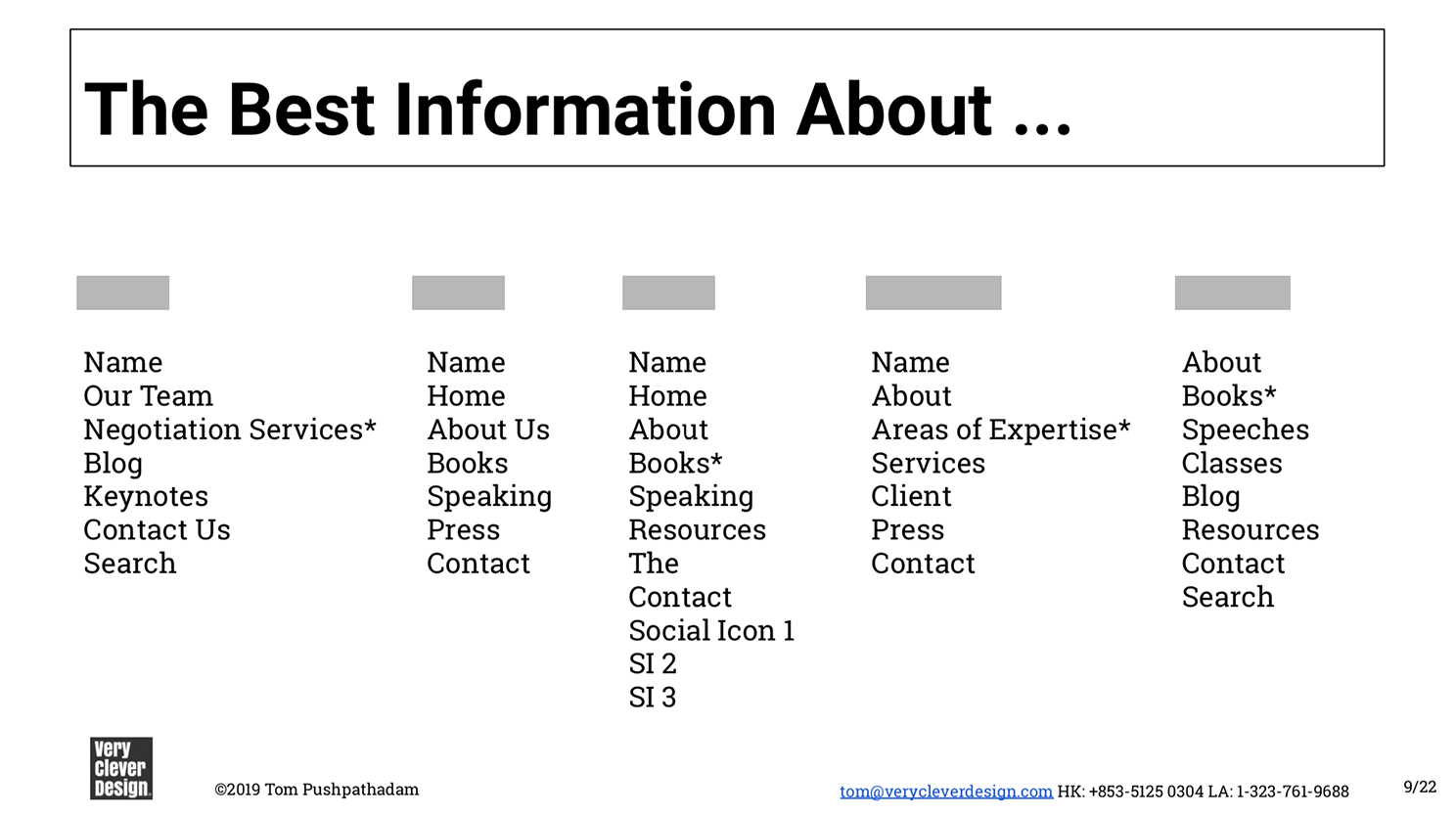
Simplify and Align Expectations with Offerings.
We weighed alternative categories like audience, product, method or problem.
We circled back to answering the client's 3 basic questions about who Peter is, what he can do for them, and how to get in touch through navigation items, page titles and organization:
About | Services | Books | Blog | Resources | Clients | Contact Us
Establishing a Common Vocabulary
Who doesn't want simple and straightforward?
Most of my professional clients want the equivalent of a well tailored navy blue suit with some bespoke functionality.
There's no universal standard for simple and straightforward despite the strong influence of Swiss typography and graphic design in business design since the 50s. Just look at how the Apple, Microsoft and Google's current system fonts are barely distinguishable from each other yet their visual designs look very different.
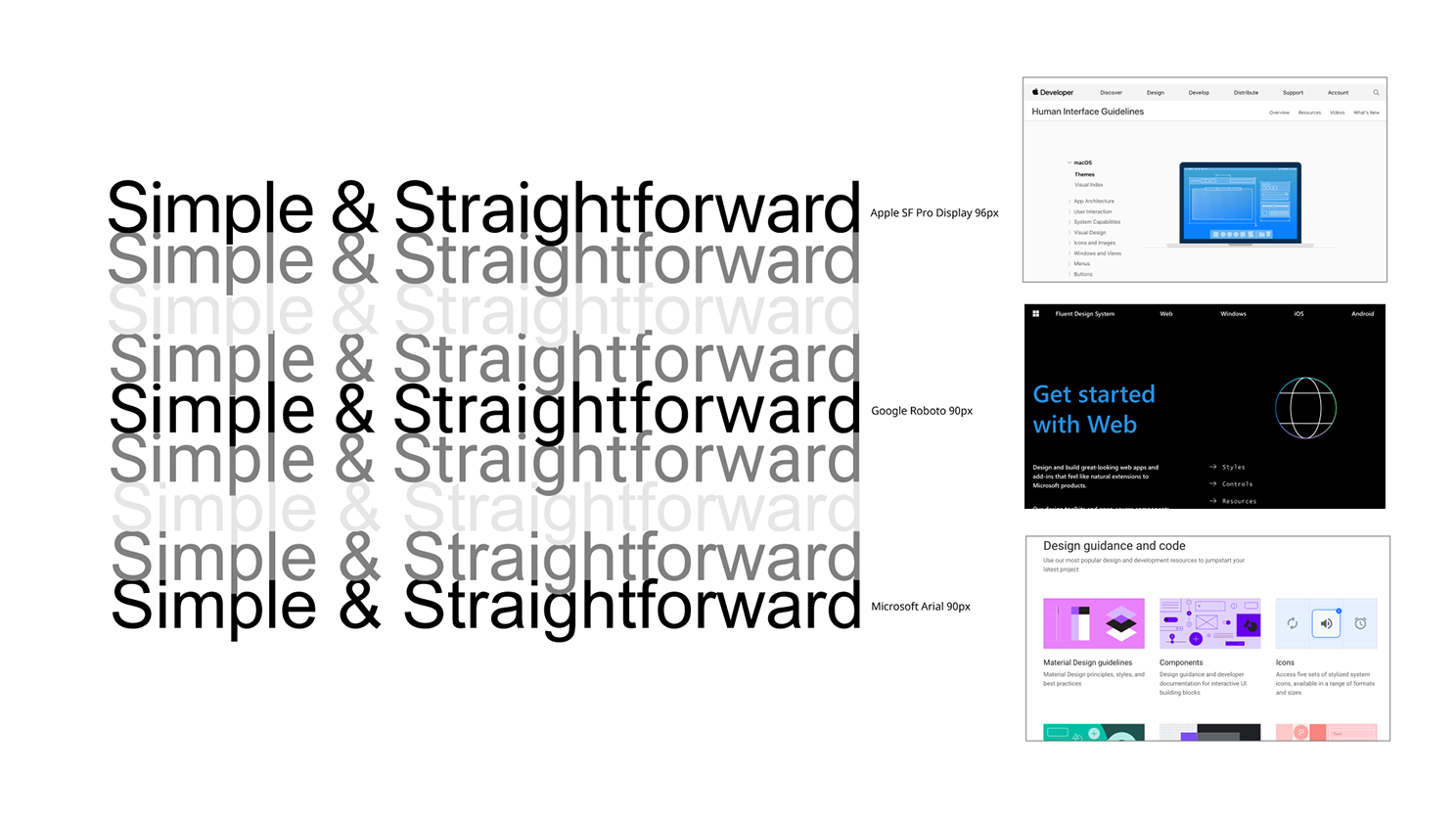
Content Driven Design
It makes more sense to work from business goals that matter to the client, look at how they are achieved by competitors in the same category, and work on areas to differentiate.
Shaping the content together with Peter helped make the site stronger than decorating the initial drafts.

Typography
Photos


Video
Shaping Copy

Forms

Lessons Learned
Position for Value
You have to strongly advocate for your value when the local price for websites ranges from half your rates to free. It can mean doing some free work up front to demonstrate you are willing to make the effort to understand their needs and have the skills to address them.
Address Needs within Boundaries.
Success is finding out what your client really needs and being able to address that within the budget for a project of this scope.
Peter and I were able to:
- Reduce email and hosting expenses by moving to Squarespace and Google Workspace.
- Update his image.
- Provide a better user experience with a responsive site.
- Clarify his offerings to match other category leaders.
- Begin measuring traffic and the impact of different marketing approaches
- Begin automating some of his internal processes.


